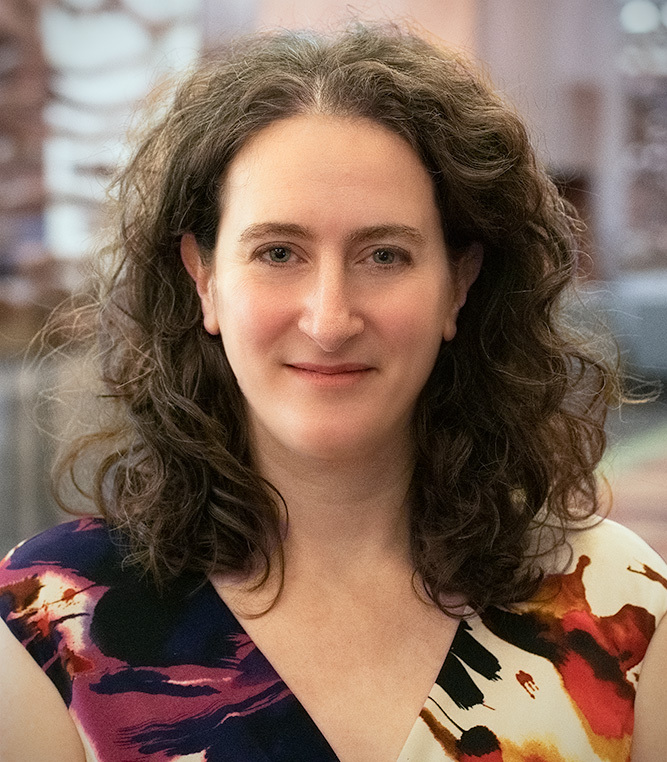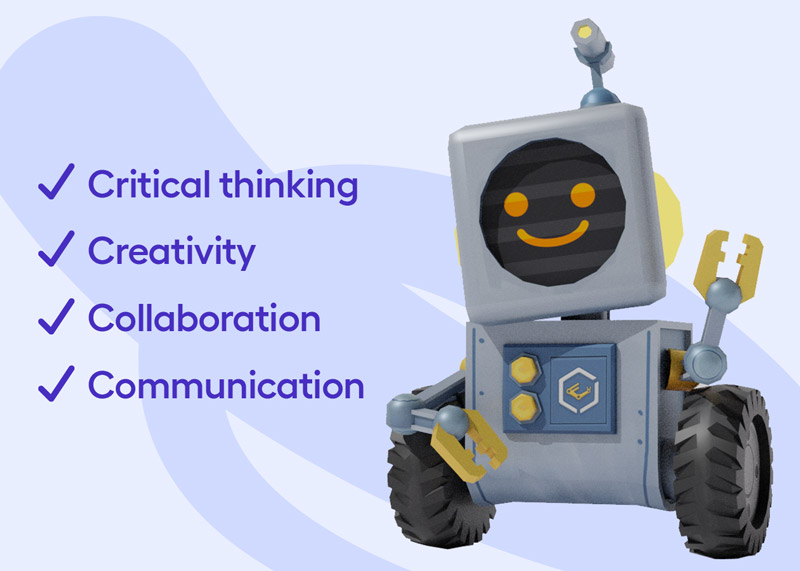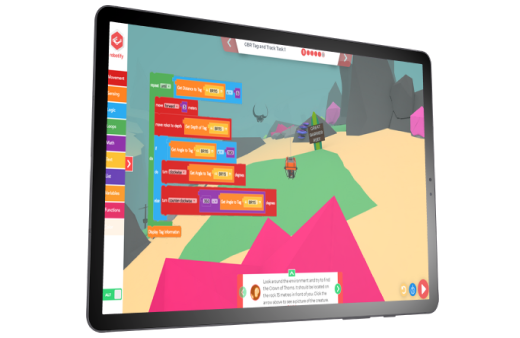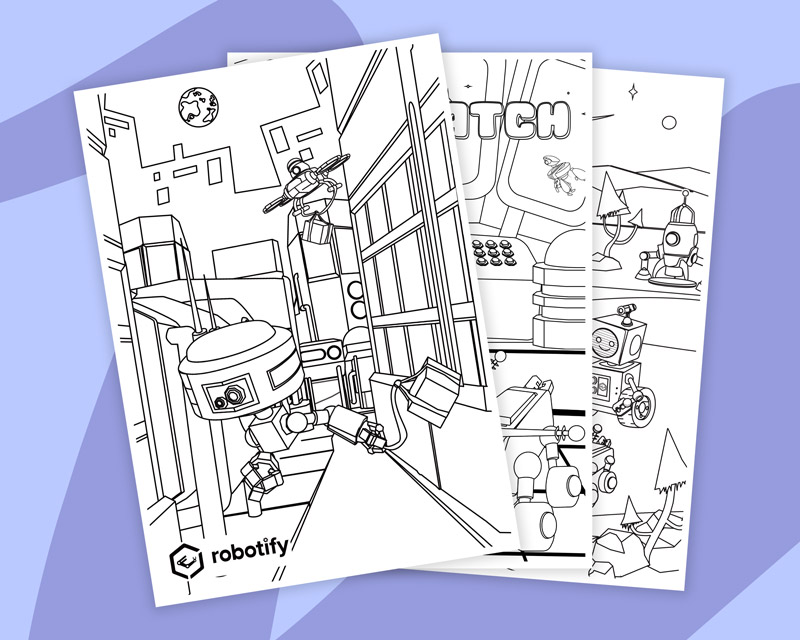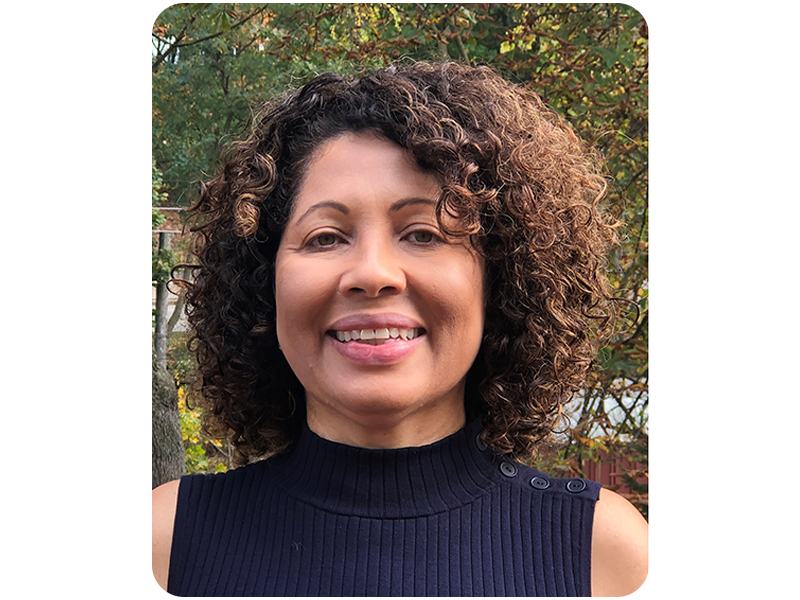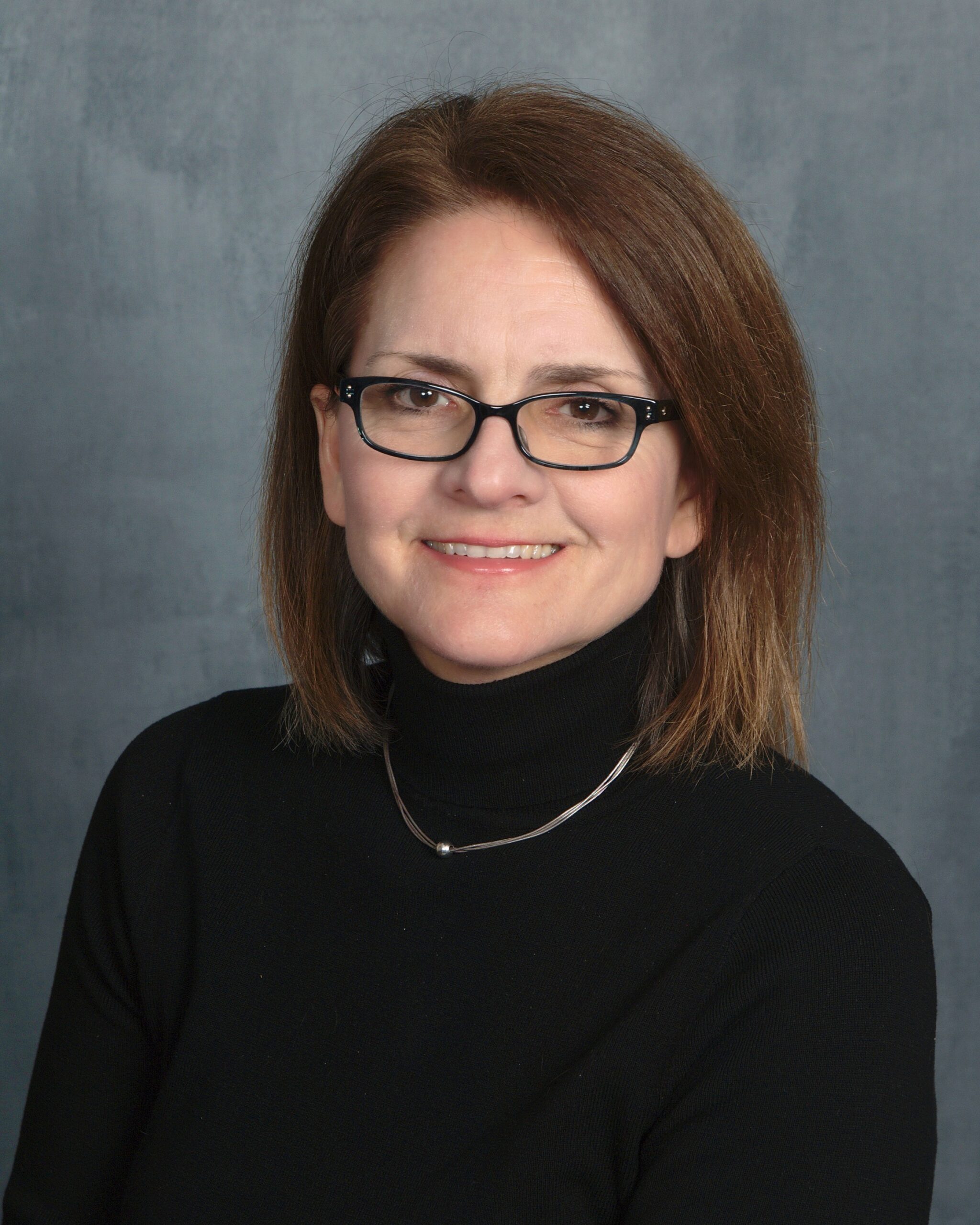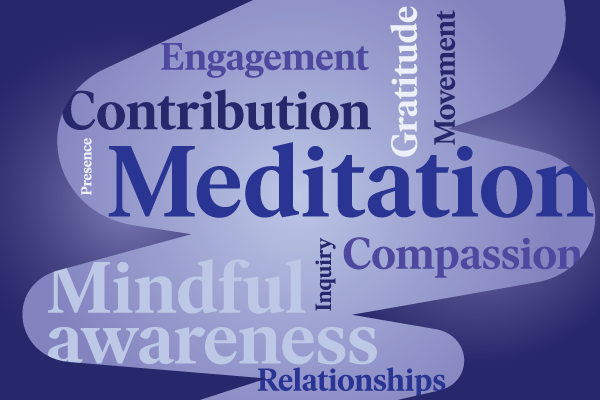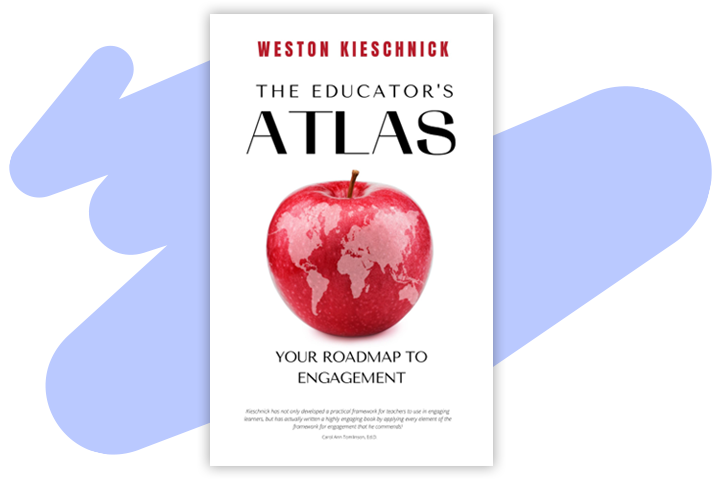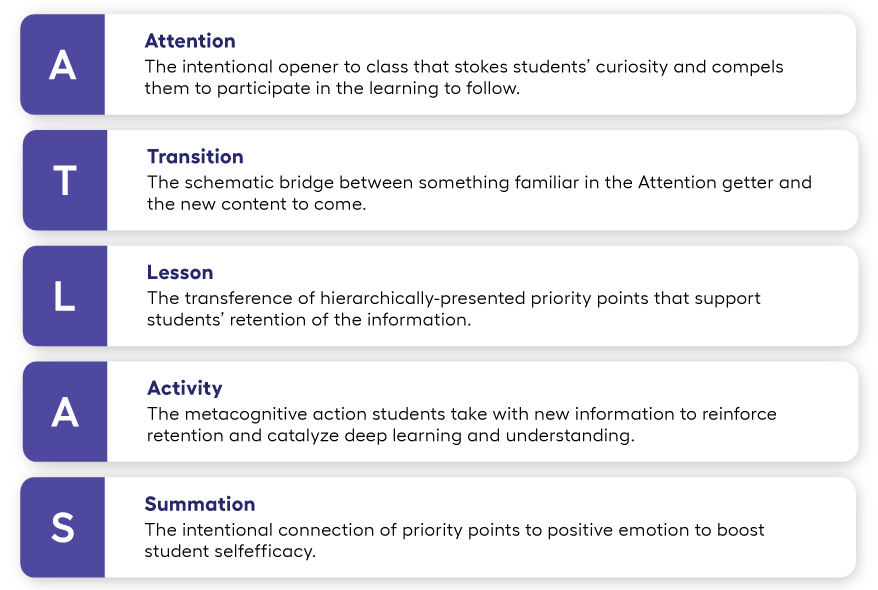February 13, 2023 12:45 pm
Competition & Student Motivation: Bowl Champions
School-vs-school competition increases student engagement & learning in math & literacy instruction as Georgia & Idaho schools are named national champions of the 2023 MyPath Bowl & Literacy Bowl.
Educators and researchers know that student engagement and motivation is crucial to student learning and many tactics aimed at increasing student motivation have been suggested, tested, and refined. Motivation is a desire to achieve a goal, combined with the energy to work towards that goal. Studies highlight how teachers play a vital role in motivating students and examine the function intrinsic and extrinsic motivation perform in student learning.
One approach to motivating students is incorporating learning-based gaming or competition. Competition has been proven to have a positive impact on students’ learning and motivation, though educators must be careful to connect competition to the desired learning and not invoke negative actions toward students who do not achieve. Additionally, academic competitions can serve as strong motivators for students by providing a compelling reason to study and work hard. Research shows that participation in academic competition enhances students’ learning motivation, and when students work together in groups or teams to compete, they develop collaboration and cooperation skills which are crucial in learning and work environments.
Academic competition in action: the 2023 National MyPath Bowl & Literacy Bowl
While millions of fans watched pro football playoff games during the fall of 2022 and the first weeks of 2023, students from around the nation completed digital math and literacy lessons to compete in the bracket-style 2023 Imagine MyPath Bowl and Imagine Literacy Bowl contests. This weekend, the top schools from the East Conference and the West Conference of each contest competed in the final battles—and champions emerged. Congratulations to Northcutt Elementary of Clayton County Public Schools, Georgia for winning the 2023 Literacy Bowl and to Juniper Hills–Nampa Idaho Department of Juvenile Corrections for being named the 2023 MyPath Bowl champion.
Schools qualified for the playoff rounds throughout the Fall semester by using Imagine MyPath and Imagine Language & Literacy digital education programs. The top usage schools in the East and the West battled in the playoff rounds to represent their Imagine Learning Conference. Week by week, the leaderboard was whittled down by the stiff competition—until only two schools remained in each contest. This past weekend, the champion schools were left standing above the rest.
“We’re proud of the accomplishments of this year’s MyPath Bowl and Literacy Bowl winners and for all the students that competed in this year’s contests,” said Sari Factor, Vice Chair & Chief Strategy Officer at Imagine Learning. “These competitions are a fun way to engage students in math and literacy, and it’s remarkable to see how enthusiastic they get about their learning. Congratulations to everyone involved—students, teachers, and parents. We know it takes a team to inspire learning breakthroughs, and we feel privileged to work alongside you.”
It was a rematch in this year’s Literacy Bowl with Northcutt Elementary from Clayton County Public Schools in Georgia defending their title against returning finals competitor Abraham Lincoln Middle School of Selma Unified School District in California. This was a historic win as Northcutt Elementary is the first school to be a repeat Literacy Bowl champion.
In a contest that came down to the wire, Juniper Hills–Nampa Idaho Department of Juvenile Corrections squeaked past Goliad Elementary School of Goliad ISD, Texas to win the second annual MyPath Bowl.
Competitions lead to engagement, usage, and learning
During these academic contests, increased usage of Imagine Learning’s digital math and literacy programs is observable for competing schools. This evidence shows that the competition engages students and motivates them to complete more lessons than the schools who do not participate in the contests. This is also compelling information as multiple studies show students who use Imagine MyPath, Imagine Language & Literacy, and other Imagine Learning programs outscore their peers in state and national tests.
Winning schools receive a trophy and are honored in a school-wide awards assembly where top class and student efforts are recognized. Each runner-up school receives a certificate and a gift card for school supplies. Additionally, the top 20 MVP schools in each contest receive an e-gift card to celebrate their achievement during the competition.
About the Author
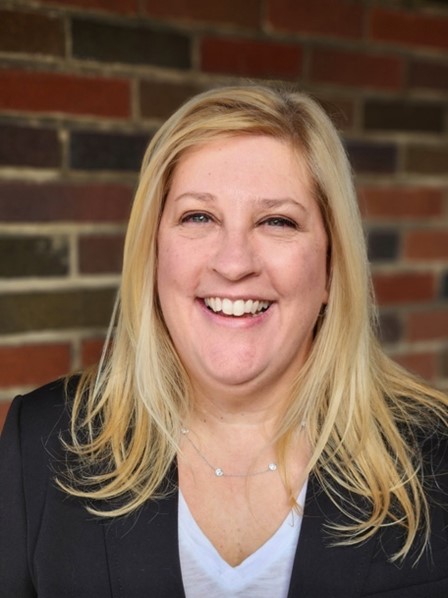
Lisa Wise
Customer Engagement Manager at Imagine Learning
Lisa Wise has worked in the edtech industry for over 24 years, most recently as the Customer Engagement Manager at Imagine Learning. Lisa loves the opportunity to honor student achievement through engagement programs that get students excited about learning. A graduate of the University of Pittsburgh, Lisa lives with her family, dog, and beautiful array of plants in Pittsburgh, PA. She loves sports, gardening, and visiting her local garden center.
